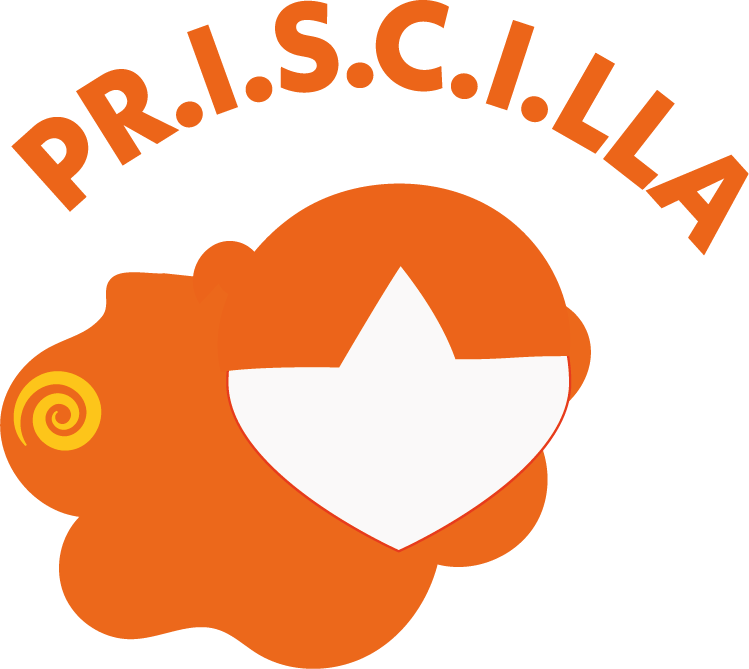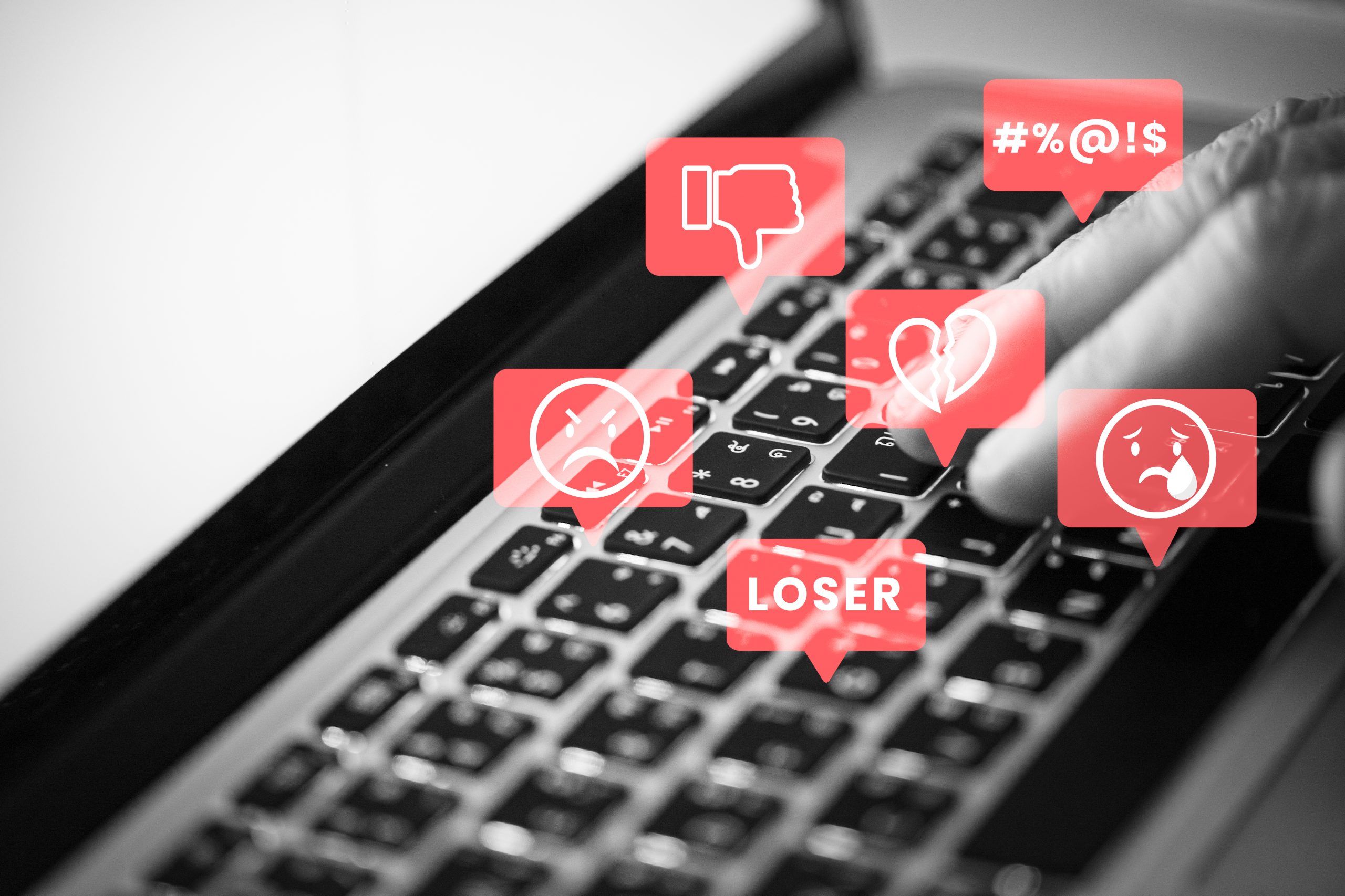Bullying is a serious issue that has been studied extensively, particularly in European schools since the 1970s, thanks to the pioneering work of Dan Olweus. Initially, bullying was often seen as a normal part of growing up, but over time our understanding has changed. Today we recognise bullying as a harmful behaviour that can have long-lasting consequences. It is characterised by repeated aggressive actions, a power imbalance and emotional distress for the victim.
An increasingly worrying form of bullying is cyberbullying, especially when it involves sexual harassment. As more and more young people interact online, bullying has moved beyond the classroom and into the digital world. Cyberbullying can include spreading rumours, sending hurtful messages or sharing private images without consent. A particularly harmful aspect is sexual cyberbullying, where explicit or inappropriate content is directed at the victim. This type of harassment can have serious emotional and psychological effects, making it a critical issue that demands our attention.
Bullying and cyberbullying are even more pressing issues for young people with intellectual disabilities (ID). These individuals are often more likely to be bullied than their peers without disabilities. This vulnerability is often due to challenges such as limited social skills, less awareness of potential dangers and greater dependence on others for support. In some cases, people with intellectual disabilities may not fully understand the seriousness of cyberbullying, especially when it involves sexual content or exploitation.
Research by Jenaro et al (2018) highlights that cyberbullying among adults with intellectual disabilities is a growing concern. They found that adults with ID often struggle to recognise abusive behaviour online and may not report incidents of cyberbullying due to fear, stigma or a lack of understanding about how to seek help. In addition, their findings highlight the role of social isolation and limited digital literacy as factors that increase the risk of victimisation. When cyberbullying involves sexual harassment, the consequences can be severe, including emotional trauma, social withdrawal and a decrease in overall well-being.
The PR.I.S.C.I.L.LA project: Preventing Incident of Sexual Cyberbullying in Intellectual disability
The PR.I.S.C.I.L.LA project aims to create an educational programme to help young people with intellectual disabilities navigate social media and the internet safely and responsibly. The programme focuses on ‘positive risk-taking’, encouraging participants to expand their social networks and build confidence, while minimising the risks of cyberbullying and online sexual harassment.
The project has two main aims: First, it will provide an active learning based training programme for young people with intellectual disabilities. Second, it will provide a blended learning course for youth workers to help them support their clients to use digital tools safely. This approach will equip both young people and the professionals who work with them with the skills they need to navigate the digital world safely and protect themselves from online harm.
Resources:
Jenaro, Cristina; Flores, Noelia; Vega, Vanessa; Cruz, Maribel; Pérez, Ma. Carmen; Torres, Víctor A. . (2018). Cyberbullying among adults with intellectual disabilities: Some preliminary data. Research in Developmental Disabilities, 72(), 265–274. doi:10.1016/j.ridd.2017.12.006
Image from Freepik


